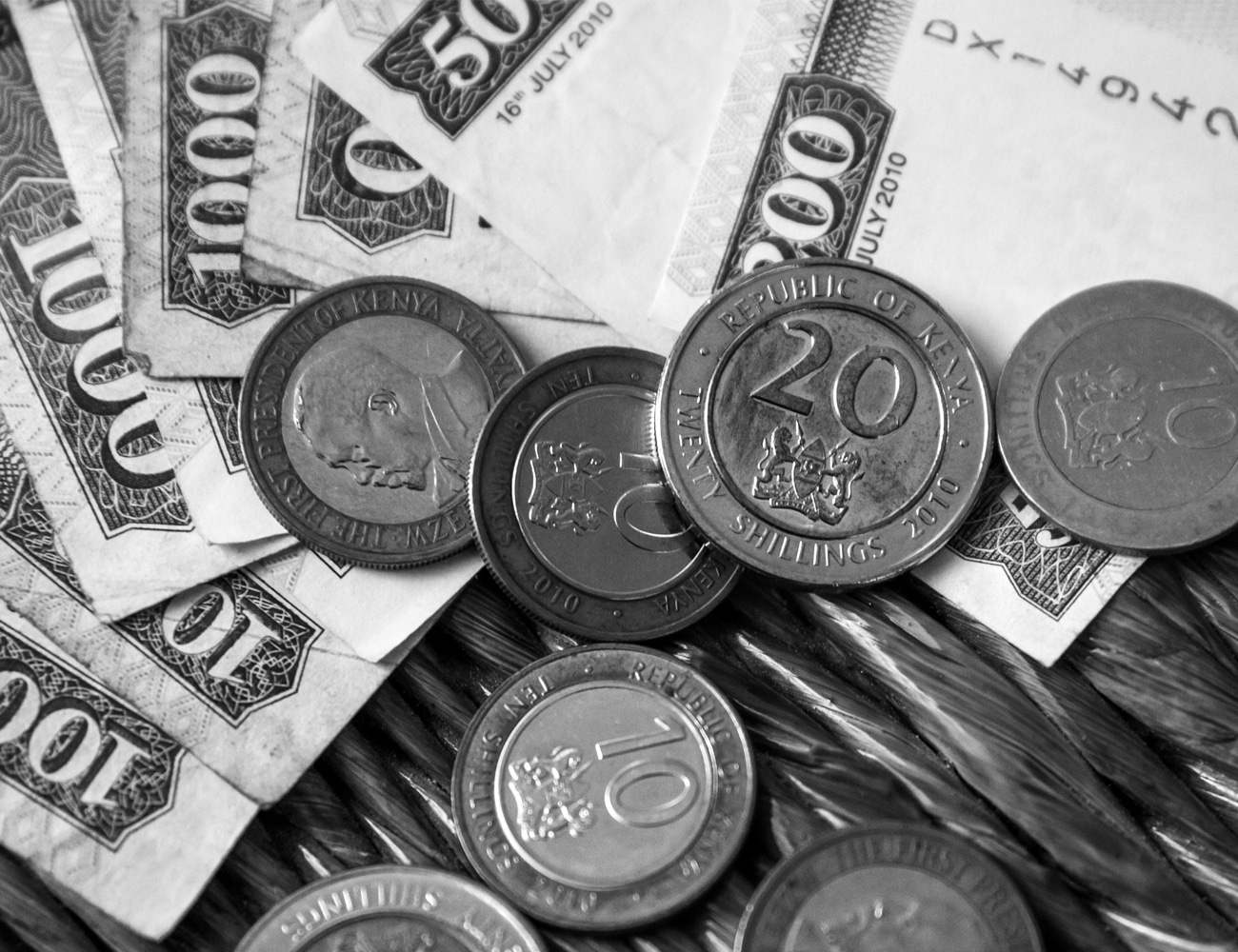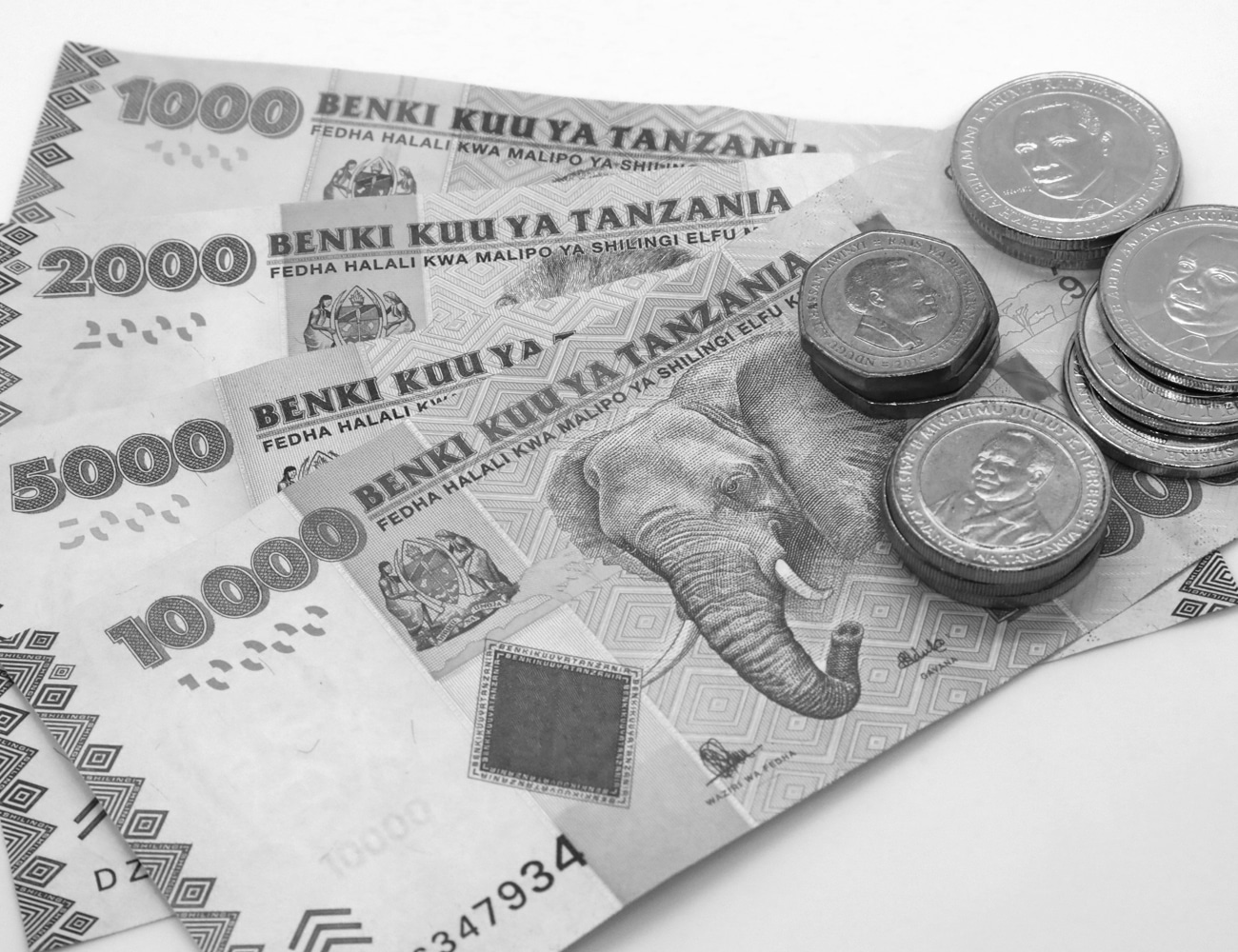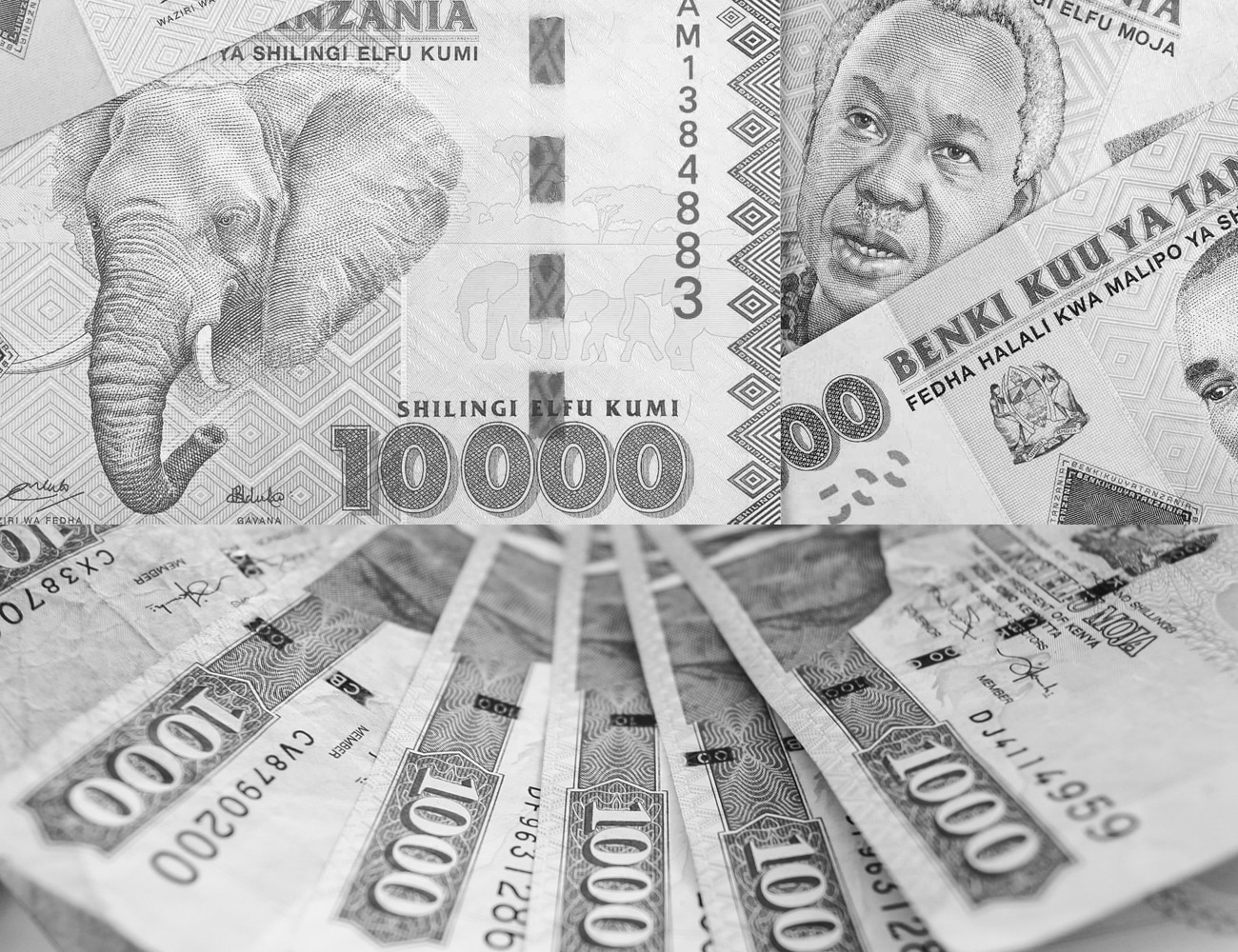Exploring the Exchange Rate: How 1 Kenyan Shilling Compares to the Tanzanian Shilling
In the dynamic world of international currency exchange, understanding how one currency compares to another is crucial for travelers and businesses alike. If you find yourself planning a trip or engaging in cross-border transactions in East Africa, it’s essential to explore the exchange rate between the Kenyan shilling (KES) and the Tanzanian shilling (TZS).
With the Kenyan and Tanzanian economies playing significant roles in the region, the exchange rate between the two currencies has implications for trade, investment, and tourism. By delving into this topic, we can gain insights into the economic relations between the two countries and how the exchange rates affect various sectors.
Understanding the Kenyan shilling

The Kenyan shilling (KES) is the official currency of Kenya, a country located in East Africa. It is denoted by the symbol “KSh” and is further divided into 100 cents. The Central Bank of Kenya is responsible for issuing and regulating the currency.
The Kenyan shilling has a long history, dating back to the colonial era when it was introduced by the British East Africa Protectorate. Over the years, the currency has evolved, and various denominations of banknotes and coins are in circulation today.
The value of the Kenyan shilling is influenced by several factors, including the country’s economic performance, inflation rates, political stability, and external trade. These factors play a crucial role in determining the exchange rate between the Kenyan shilling and other currencies, including the Tanzanian shilling.
Understanding the Tanzanian shilling

The Tanzanian shilling (TZS) is the official currency of Tanzania, a neighboring country to Kenya. It is denoted by the symbol “TSh” and is also divided into 100 cents. The Bank of Tanzania is responsible for issuing and regulating the currency.
Similar to the Kenyan shilling, the Tanzanian shilling has a historical background that dates back to the colonial era. It has gone through various changes and denominations, reflecting the country’s economic and political developments.
The exchange rate between the Tanzanian shilling and other currencies, particularly the Kenyan shilling, is influenced by similar factors to those affecting the Kenyan currency. Economic performance, inflation, political stability, and trade relations all contribute to the valuation of the Tanzanian shilling in the global currency market.
Factors influencing the exchange rate between Kenya and Tanzania
Several factors influence the exchange rate between the Kenyan shilling and the Tanzanian shilling. One of the primary factors is the relative economic performance of the two countries. If one country’s economy is performing better than the other, its currency is likely to be stronger, leading to a higher exchange rate.
Inflation rates also play a significant role in determining the exchange rate. If one country has significantly higher inflation than the other, its currency tends to depreciate, resulting in a lower exchange rate. Central banks, such as the Central Bank of Kenya and the Bank of Tanzania, employ various monetary policies to manage inflation and stabilize their respective currencies.
Political stability is another crucial factor. Countries with stable political environments tend to attract more foreign investments, which can strengthen their currency. On the other hand, political instability can lead to a loss of confidence in a currency, causing it to depreciate.
Trade relations between Kenya and Tanzania also impact the exchange rate. If there is a significant trade imbalance between the two countries, it can affect the demand and supply of currencies, leading to fluctuations in the exchange rate. Additionally, changes in trade policies, tariffs, and trade agreements can influence the exchange rate between the Kenyan shilling and the Tanzanian shilling.
Historical exchange rate between the Kenyan shilling and Tanzanian shilling

To understand the dynamics of the exchange rate between the Kenyan shilling and the Tanzanian shilling, it is essential to look at historical trends. Over the years, the exchange rate has fluctuated based on economic, political, and trade-related factors.
In recent decades, the exchange rate between the two currencies has generally been within a relatively stable range. However, there have been periods of volatility, especially during periods of economic uncertainties or significant events in either country.
For example, during the global financial crisis of 2008, both the Kenyan and Tanzanian currencies experienced depreciation against major international currencies, including the US dollar. This depreciation can be attributed to the spillover effects of the crisis on the East African economies.
Despite occasional fluctuations, the historical exchange rate between the Kenyan shilling and the Tanzanian shilling has generally remained relatively stable, reflecting the close economic ties between the two countries.
Current exchange rate and trends
Currently, the exchange rate indicates what 1 Kenya shilling to Tanzania shilling is. This rate is influenced by the factors mentioned earlier, such as economic performance, inflation rates, political stability, and trade relations.
Monitoring the current exchange rate and trends like how much 1 Tanzanian shilling to Kenya shilling is and vice versa is crucial for individuals and businesses engaged in cross-border transactions between Kenya and Tanzania. It allows them to make informed decisions and assess the impact on their finances, investments, and travel plans.
Impact of the exchange rate on trade and tourism between Kenya and Tanzania
The rate of 1 Tanzanian shilling to kenyan shilling has a significant impact on trade and tourism between Kenya and Tanzania. As neighboring nations with close economic ties, they engage in substantial bilateral trade and tourism activities.
A favorable exchange rate can boost trade between Kenya and Tanzania by making exports more competitive and encouraging cross-border investments. It allows businesses to import goods and services at a lower cost, resulting in increased profitability and economic growth.
Similarly, the exchange rate affects tourism between the two countries. A stronger Kenyan shilling can make Kenya a more expensive destination for Tanzanian tourists, potentially impacting the number of visitors. Conversely, a weaker Kenyan shilling can attract more Tanzanian tourists seeking affordable travel options.
The exchange rate also influences the purchasing power of tourists visiting Kenya or Tanzania. A favorable exchange rate can make local goods and services more affordable for tourists, enhancing their overall experience and potentially increasing tourist spending.
In conclusion, understanding the exchange rate between the Kenyan shilling and the Tanzanian shilling is essential for individuals and businesses operating in East Africa. The exchange rate is influenced by various factors, including economic performance, inflation rates, political stability, and trade relations.
Historically, the exchange rate between the two currencies has remained relatively stable, reflecting the close economic ties between Kenya and Tanzania. However, fluctuations can occur due to economic uncertainties or significant events in either country.
Monitoring the current exchange rate and trends is crucial for making informed decisions regarding trade, investment, and travel between Kenya and Tanzania. A favorable exchange rate can have positive implications for trade and tourism, while an unfavorable exchange rate may present challenges for businesses and travelers.
By understanding the exchange rate dynamics and their impact on the Kenyan and Tanzanian economies, individuals and businesses can navigate the international currency market more effectively and make informed financial decisions.
For more articles related to Financial Services in Tanzania, click here!































